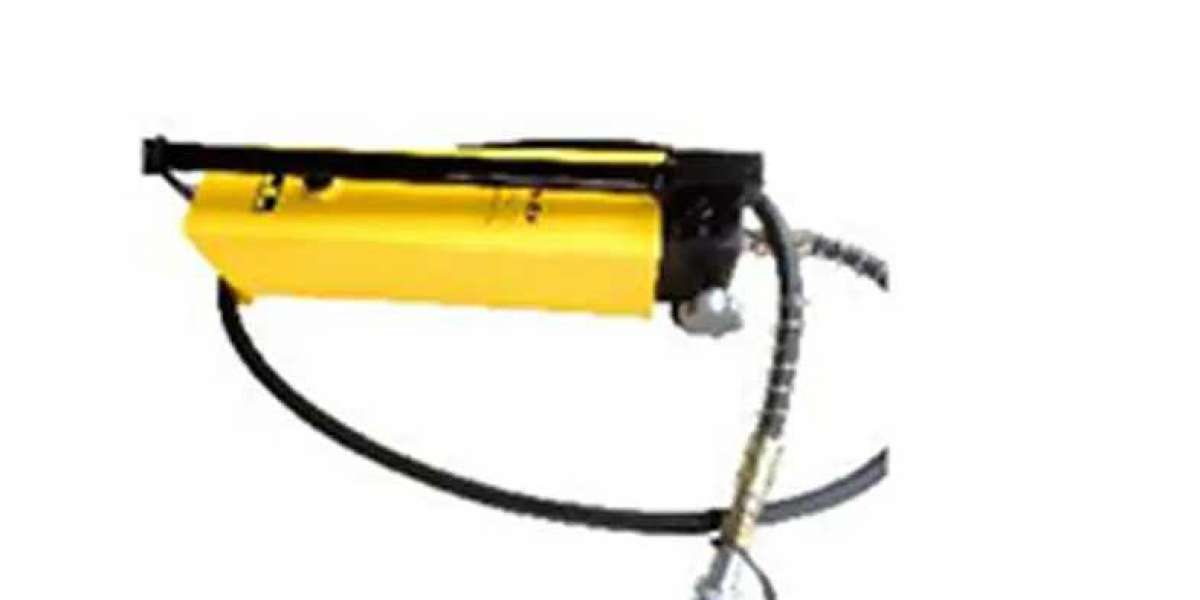The sealing performance of a hydraulic pump is crucial to its efficiency, reliability, and longevity. Proper sealing prevents fluid leakage, maintains system pressure, and protects internal components from contamination. Ensuring the sealing integrity of a hydraulic pump involves a combination of material selection, advanced sealing technologies, precision manufacturing, and regular maintenance practices.
One of the fundamental ways to guarantee effective sealing in hydraulic pumps is through the use of high-quality sealing materials. Seals must withstand harsh operating conditions, including high pressures, temperature fluctuations, and exposure to hydraulic fluids. Common sealing materials include nitrile rubber, fluorocarbon elastomers (such as Viton), polyurethane, and polytetrafluoroethylene (PTFE). Each material is chosen based on compatibility with the hydraulic fluid, temperature resistance, and mechanical durability. Selecting the appropriate seal material reduces wear and prevents premature failure.
The design of the sealing system itself is equally important. Hydraulic pumps often employ multiple types of seals, such as O-rings, lip seals, mechanical face seals, and gland seals, arranged to create redundant barriers against leakage. Mechanical seals, for example, use rotating and stationary faces pressed together to provide a tight seal, minimizing fluid loss even at high speeds and pressures. Proper seal geometry and surface finish ensure that sealing surfaces remain in close contact without excessive friction.
Precision manufacturing processes are critical in achieving effective sealing performance. Tight machining tolerances on pump components such as shafts, housings, and seal grooves reduce gaps where fluid could escape. Consistent surface finishes also improve seal contact and reduce wear. Quality control measures, including dimensional inspections and pressure testing, verify that components meet exacting standards before assembly.
In addition to design and manufacturing, the proper installation and alignment of seals during assembly significantly affect sealing performance. Misaligned shafts or improperly seated seals can lead to uneven wear, leaks, and system inefficiencies. Technicians must follow detailed installation procedures and use appropriate tools to avoid damaging seals during pump assembly or maintenance.
Maintenance practices play a vital role in sustaining hydraulic pump sealing performance. Regular inspection for signs of wear, damage, or fluid leaks enables early detection of seal deterioration. Replacing seals at recommended intervals or when damage is detected helps prevent catastrophic pump failures. Moreover, maintaining clean hydraulic fluid and preventing contamination is essential because particles can abrade seals and compromise their effectiveness.
Advancements in sealing technology also contribute to improved performance. Modern hydraulic pumps sometimes use composite seals, self-lubricating materials, or seals with special coatings that reduce friction and extend service life. Some systems incorporate condition monitoring sensors that detect seal leaks or pressure changes, alerting operators to potential problems before failures occur.
In summary, ensuring the sealing performance of a hydraulic pump involves a comprehensive approach that includes selecting appropriate seal materials, applying advanced seal designs, precision manufacturing, careful assembly, and proactive maintenance. Together, these factors maintain the integrity of the hydraulic system, minimize fluid loss, and enhance the pump’s operational reliability and efficiency over time.
Function:
1. The pump is designed with two stages of high and low speed for quick oil output. Even without electric power, the operation can be carried out conveniently. It is the same as the electric pump in any working pressure and function.
2. Pedal operation. The operator could work while their hands grip a tool or an object.
3. Pressure could be stopped in the middle. Designed high high-pressure safety unit to protect the hydraulic valve.
4. A wide hydraulic pump base for fixing the frame could improve the stability of operation at work.
5. An oil pipe fitted with a quick coupling could be ordered in any length. It could be fitted with a pressure meter(to be ordered).
6. Oil pipe coupling fitted with PT3/8" thread.







